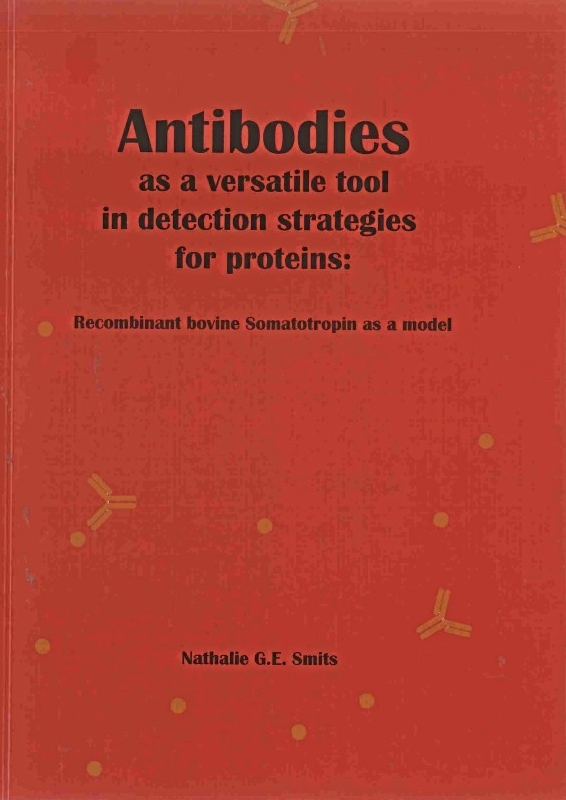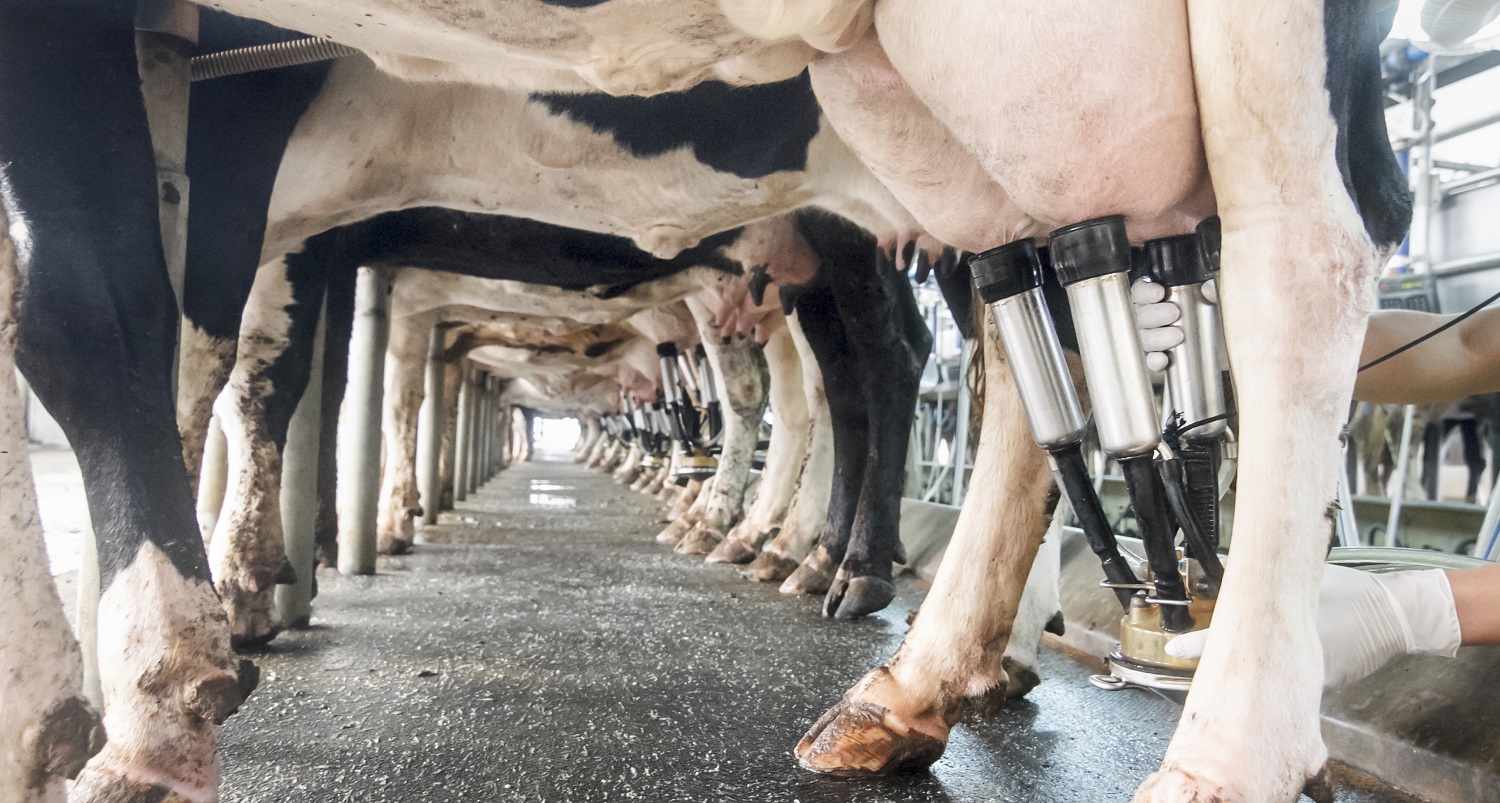The milk production of cows that are given growth hormones is increased by one-quarter. Using these hormones is thus lucrative and tempting. But the cow’s well-being is negatively impacted, and the use of these hormones is thus prohibited. To date, there is no dependable test to prove the use us such substances. A test developed by Nathalie Smits (Wageningen Food Safety Research) comes close, however. She will obtain her PhD on this subject next week.
Smits uses the antibodies that cows produce in reaction to the rbST growth hormone. This acronym stands for recombinant bovine somatotropin. The chemical company Monsanto developed the substance under the name Prosilac in the eighties. The use of Prosilac is prohibited in Europe. In the United States and Asia, the use of this growth hormone is permitted.

Exceptional
The fact that the cow produces antibodies against the growth hormone is rather exceptional, as the substance is almost identical to the natural growth hormone the cow produces. Only one of the 191 amino acids differs from the cow’s natural hormone. LG Life Sciences even produces a growth hormone that is completely identical to the cow’s own growth hormone.
Screening
Smits believes that injecting the substance is what makes the proteins clump a little. ‘And this is what makes the body detect it as “foreign”, resulting in the production of antibodies. This is the property on which I have based the screening for milk I designed. The antibody enters the milk, and I can then use it as a biomarker for the use of a growth hormone.’
That is not all that is required, however. Legal proof means that the growth hormone itself must be identified. This cannot be done by analysing milk, as LG’s hormone does not penetrate as far as the milk. A blood test must be conducted to obtain proof of the hormone itself. To this end, Smits uses antibodies against the growth hormone produced by rabbits. These antibodies extract the growth hormone from the blood, after which it can be identified.
Monsanto’s growth hormone can be unambiguously identified. The same does not apply to that produced by LG
Nathalie Smits, researcher at Wageningen Food Safety Research
From a scientific perspective, that is all that is required. But legally, it is still circumstantial. Smits: ‘Monsanto’s growth hormone can be unambiguously identified. The same does not apply to that produced by LG, which is identical to the cow’s own growth hormone. There is no way to prove with one hundred per cent certainty that the hormone was supplied rather than produced by the cow.’
Hence, Smits’ test is not yet applied in practice. ‘We are well underway. Personally, I feel that a positive screening for antibodies in the milk and blood hormone levels far exceeding the natural levels should be sufficient proof. This is something that needs to be discussed.’

 Photo Shutterstock
Photo Shutterstock 

